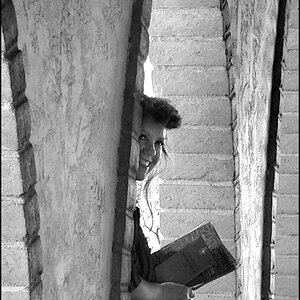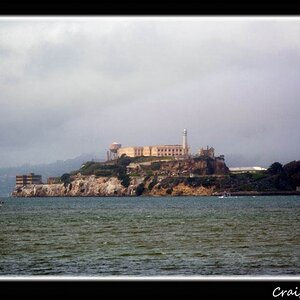ctwehues
TPF Noob!
hello everyone,
I've decided instead of purchasing a Nikon d70 (way out of my budget anyway), I should try large format cameras to get the feel for all of the manual controls. Could you please recommend a good beginner's set with all of the necessary equipment to take pictures? There are so many options out there. I would like to spend as little as possible, and I don't mind used equipment. Anyone have any ideas? Or places to shop? The thing is, I wouldnt even know what to buy????
Craig
I've decided instead of purchasing a Nikon d70 (way out of my budget anyway), I should try large format cameras to get the feel for all of the manual controls. Could you please recommend a good beginner's set with all of the necessary equipment to take pictures? There are so many options out there. I would like to spend as little as possible, and I don't mind used equipment. Anyone have any ideas? Or places to shop? The thing is, I wouldnt even know what to buy????
Craig


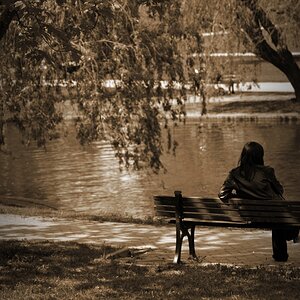
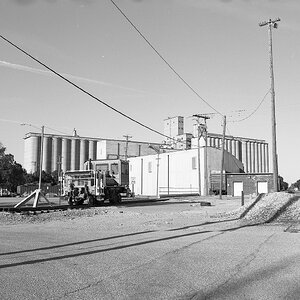

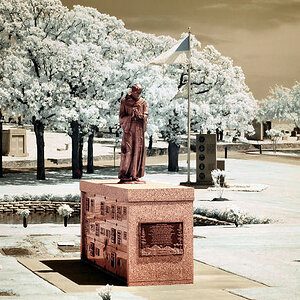
![[No title]](/data/xfmg/thumbnail/34/34062-c0c9c0a752bc1af58237eff1ec850163.jpg?1619736259)
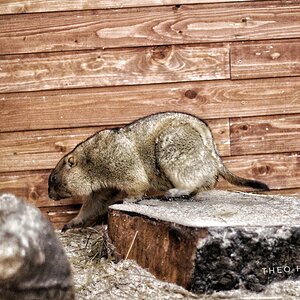
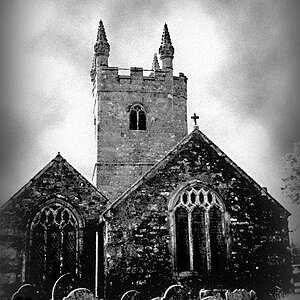
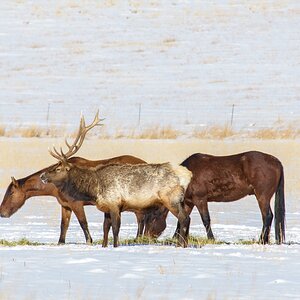
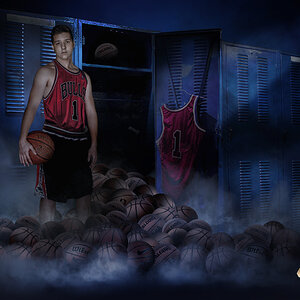
![[No title]](/data/xfmg/thumbnail/34/34064-66d345cd6eebe4b9f97597e03008d3b7.jpg?1619736260)
